Tag: AstroFan
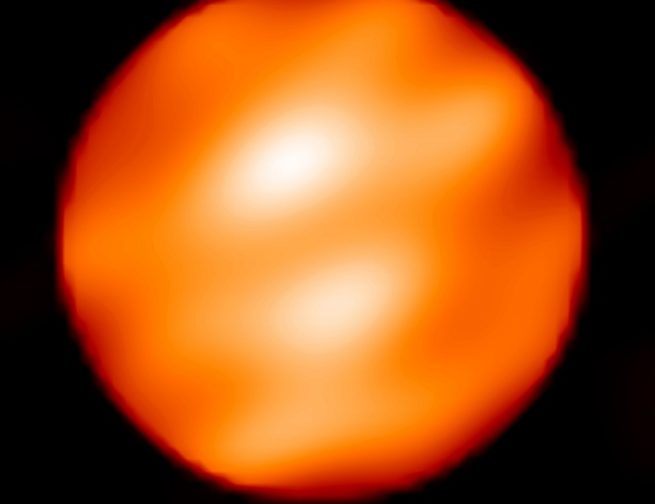
Betelgeuse: A Supernova in the Works
Header Image: The spotty surface of Betelgeuse shown with two, large, bright, star spots. The spots potentially represent enormous convective cells rising from below the supergiant’s surface. They are bright because they’re hotter than the rest of the surface, but both spots and surface are cooler than the Sun. Image Credit: Xavier Haubois (Observatoire de […]
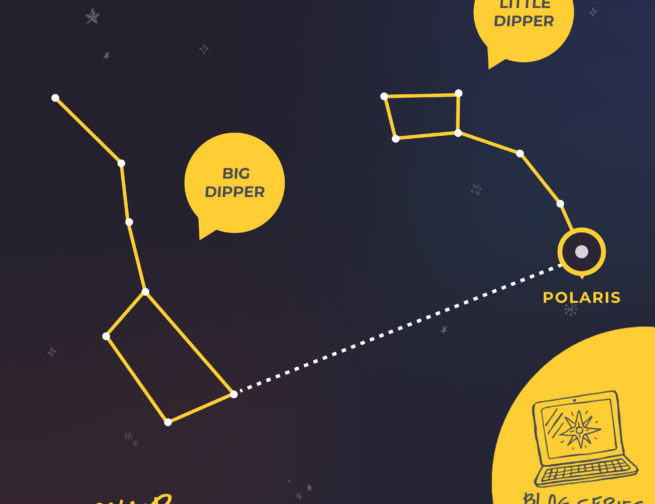
AstroFan: Tale of the Drinking Gourd
Arguably, one of the most well-known fixtures of our night sky is the Big Dipper. But did you know that this night-sky staple once served as a beacon to freedom here in America during the time of the Underground Railroad? In the early-to-mid 19th century, countless American slaves used the Big Dipper—aka the Drinking Gourd—as […]
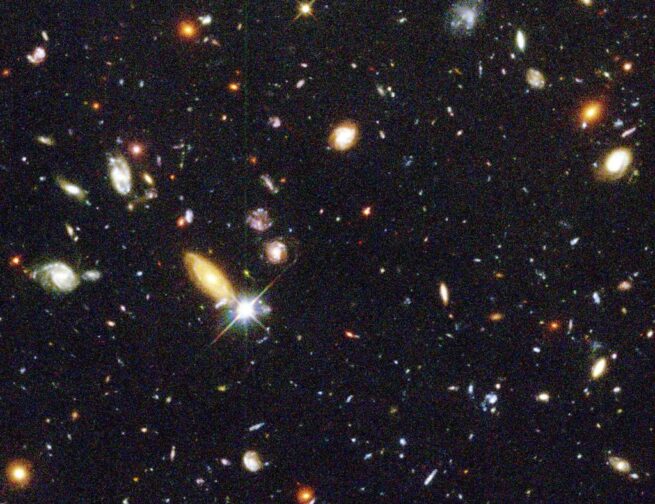
AstroFan: Galaxy Types!
Header Caption: This Hubble Deep Field image shows a snapshot of the diverse types of galaxies in our universe. Image Credit: NASA/JPL/STScI Hubble Deep Field Team Did you know that up until the last century, humans believed that our Milky Way was the only galaxy in the known universe? Today, we now know that this […]
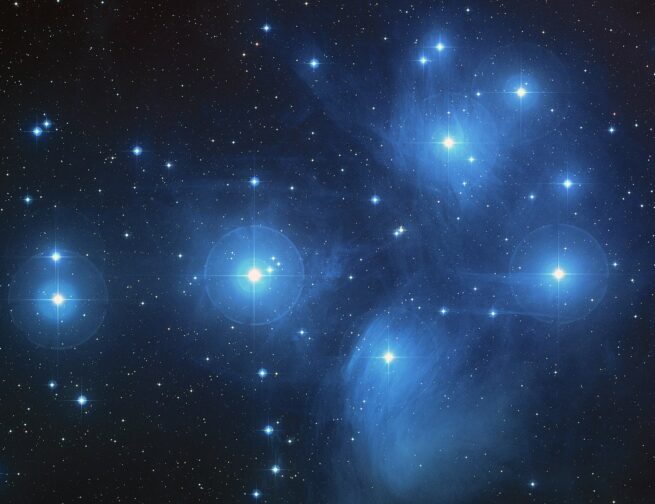
AstroFan: The Interstellar Medium and Nebulae
Image Caption: An example of nebulae (and the interstellar medium) can be found in this picture of the Pleiades, an open cluster consisting of approximately 3,000 stars at a distance of 400 light-years (120 parsecs) from Earth in the constellation of Taurus. Image Credit: NASA, ESA, AURA/Caltech, Palomar Observatory Even the most novice of stargazers are […]
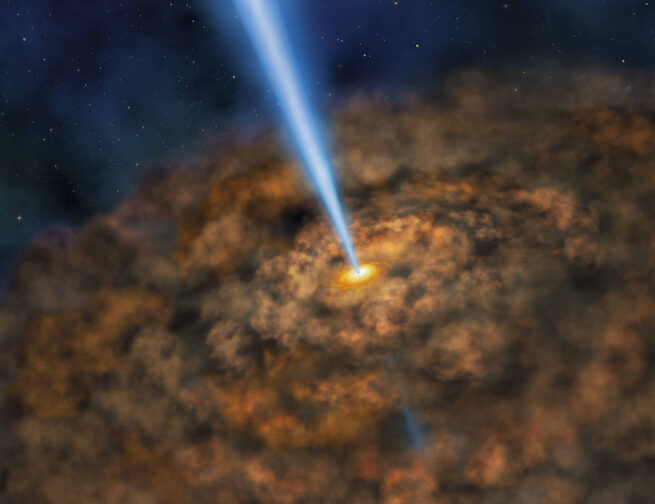
AstroFan: A Feast Fit For A Black Hole
Header Image: An artist’s illustration of a thick ring of dust near the supermassive black hole of an active galactic nuclei. Image Credit: NASA / SOFIA / Lynette Cook Ah yes, it is the day after Thanksgiving, and I bet you’re currently dealing with the inevitable ‘post-feast malaise’. What if I told you that at this […]
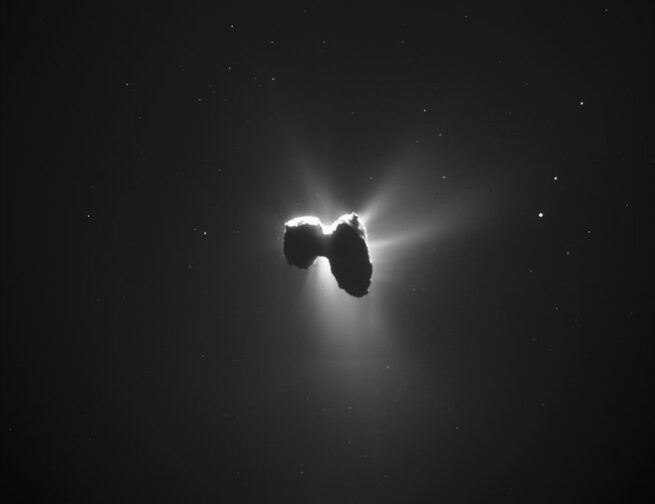
AstroFan: The Comet That Came From Afar
Header Image: While C/2019 Q4 (Borisov) is too far away for us to get detailed images, it probably looks something like this image taken on March 27, 2016, by the Rosetta spacecraft, 329 km from the nucleus of Comet 67P/Churyumov-Gerasimenko. The image measures 28.7 km across. Image Credit: ESA/Rosetta/NavCam The Day the Adler Met an […]
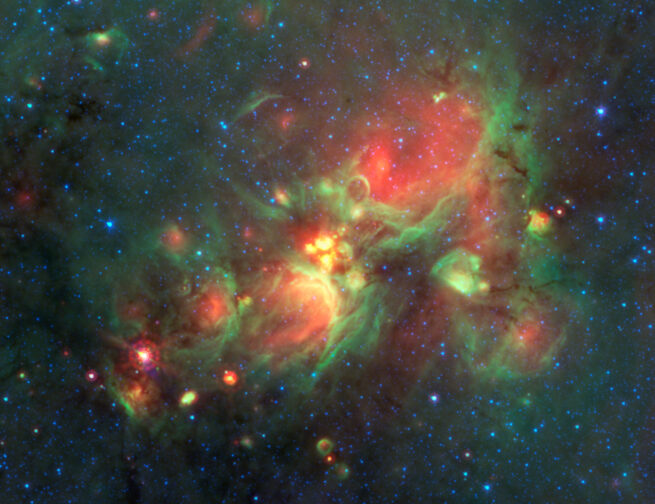
AstroFan: …And They Were All Yellow!
Header Image Credit: NASA/JPL-Caltech “The nitrogen in our DNA, the calcium in our teeth, the iron in our blood, the carbon in our apple pies, were made in the interiors of collapsing stars. We are made of starstuff.” ― Carl Sagan Even if you’re just a novice space enthusiast, I’m sure you’ve heard some variation of […]
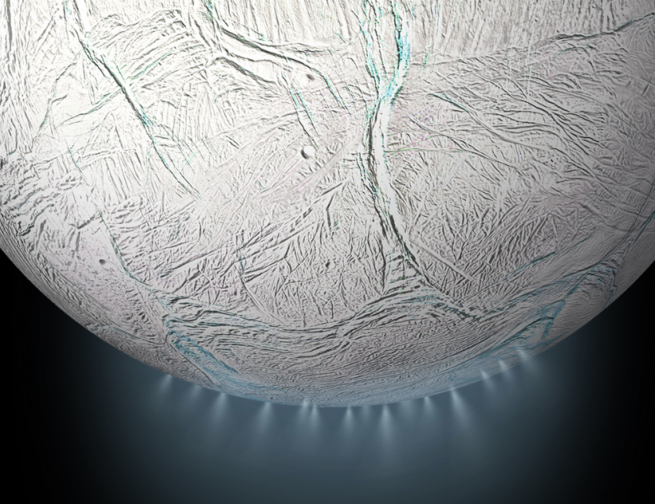
AstroFan: Over the Moon for Enceladus
Header Image Caption: An artist’s rendition of Enceladus, Saturn’s 6th largest moon. Image Credit: NASA/JPL-Caltech This past weekend, the Adler Planetarium celebrated the 50th anniversary of Apollo 11—a mission that brought us to a whole new world, our Moon. It’s pretty undeniable that our Moon is spectacular. It’s our only natural satellite, it’s composed of […]
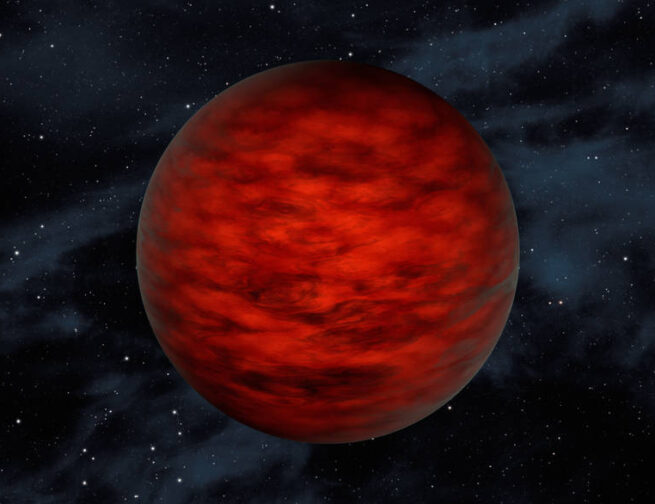
AstroFan: It’s a star! It’s a planet! No—it’s a brown dwarf?!
Image Credit: NASA/JPL-Caltech Our Universe is filled with strange objects that even scientists have trouble classifying. Read on to learn about brown dwarfs, the celestial objects that are kind of like a star and kind of like a planet but are actually neither. A wise man once said, “Only a Sith deals in absolutes”. That […]

AstroFan: COSMIC VOIDS!
Header Image Photo Credit: Mark Subbarao, Dinoj Surendran, and Randy Landsberg Hello! Welcome to our 4th AstroFan! The past few features have dealt with some of the coolest objects in space (neutron stars, our Moon, exoplanets, etc)—this feature of AstroFan is going to switch things up and focus on the actual SPACE around these objects, […]




